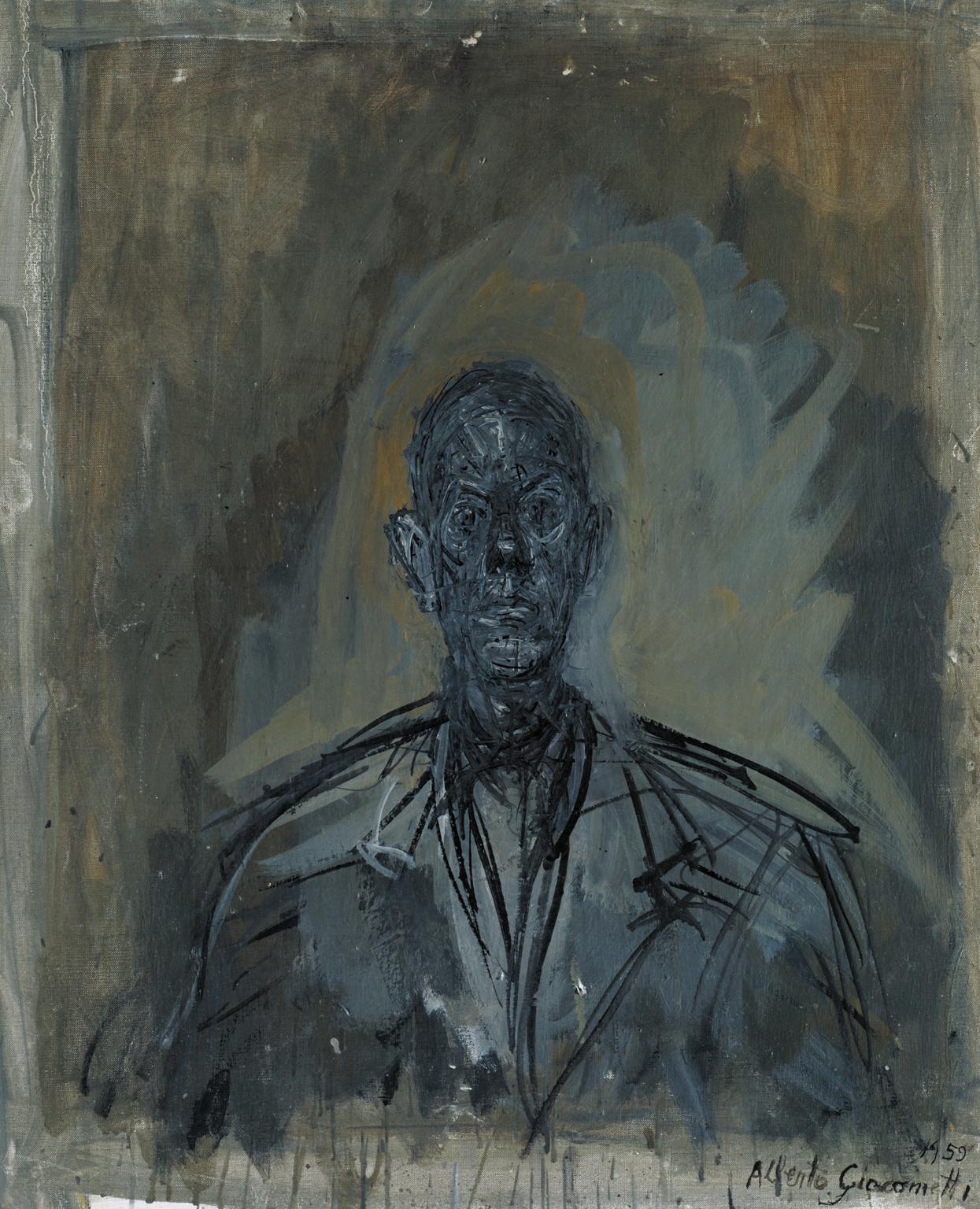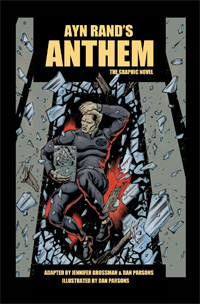by Joel D. Hirst (June 2019)

Diego, Alberto Giacometti, 1959
I’ve recently spent a good deal of time in old Europe, which is also new Europe and the Europe of tomorrow. Post-soviet republics that still struggle with meaning long after their political project came to an end—that read books with their eyes wide open and delve deeply into Solzhenitsyn and Rand now available in Russian and sold by street-book vendors long after the censors have faded into oblivion. By project, I mean the ancient ideas of “master and slave,” of course. Novels, but why novels? In Albert Camus’ book The Rebel he says: “Every act of creation, by its mere existence, denies the world of master and slave. The appalling society of tyrants and slaves in which we survive will find its death and transfiguration only on the level of creation.”
Read more in New English Review:
• Much More than a Trade War in China
• Virtue Gone Mad
• Populism and Populists
Man is utopian by nature; it is the response to the divine in all of us, the “Image of God” in which we were all made. We seek to build a cushion, a space between ourselves and destitution; we strive for the comfortable peace promised by the lack of want. For ourselves, and also for others because human beings are also compassionate and desire justice as we interpret it (too often that interpretation includes bent ideas of collective equality, but I digress). Art, ALL ART, is about our inability to ever  satisfactorily accomplish that. Even dystopian art, which is the ultimate reflection of that failure. That is what Ayn Rand’s Anthem is about—how an individual can choose to struggle rather than submit to a place without want—a brotherhood of harmony and beauty and boredom without a soul, without struggle and sorrow and passion and failure. Without humanity.
satisfactorily accomplish that. Even dystopian art, which is the ultimate reflection of that failure. That is what Ayn Rand’s Anthem is about—how an individual can choose to struggle rather than submit to a place without want—a brotherhood of harmony and beauty and boredom without a soul, without struggle and sorrow and passion and failure. Without humanity.
Recently, The Atlas Society’s Jennifer Grossman teamed up with illustrator Dan Parsons to release a new graphic novel version of Anthem. Ayn Rand’s classic 1938 novella works perfectly in the graphic novel genre. What most people do not realize, those who criticize Rand out of ignorance, is that Rand’s genre of romantic realism, through all of her books (Atlas Shrugged, The Fountainhead, and, yes, Anthem) is a version of Soviet socialist realism turned on its head. Emerging from her past and her hatred of that political project, she took the vehicle by which the Stalinists advanced their idea through art in their endless bloody search for the “new man” and showed—using the same tools and techniques—that the real new man was only to be found inside oneself.
ANTHEM: The Graphic Novel brings this original intent back. Dan Parsons’ use of almost Soviet socialist realism illustrates the novel with artwork we could easily imagine on the walls of a great Stalinist building in Minsk, with one overriding difference: instead of a celebration of the collective, it is a memorial to that great and eternal “I.” It is the word “I” that Prometheus, the former Equality 7-2521, rediscovers at the novel’s climax, and which he connects with the concept of ego. It is in that discovery that he is able to identify and define the misery under which he previously lived, albeit so comfortably. He realizes his rebellion against collectivism was not the act of a wicked man but of a just one, and he weeps tears of joy and absolution, saying:
It was when I read the first of the books I found in my house that I saw the word “I.” And when I understood this word . . . The book fell from my hands . . . And I wept . . . I who had never known tears. I wept in deliverance, and in pity for all mankind. I understood the blessed thing that I called my curse. I understood why the best in me had been my sins and my transgressions; and why I had never felt guilt in my sins . . . I understood that centuries of chains and lashes will not kill the spirit of man nor the sense of truth within him.
«Previous Article Table of Contents Next Article»
__________________________________
Joel D. Hirst is a writer and novelist; his most recent work is Dreams of the Defeated: A Play in Two Acts. He has authored four novels including his most recent I, Charles, From the Camps. He was a Fellow in Human Freedom at the George W. Bush Institute in Dallas and an International Affairs Fellow at the Council on Foreign Relations. He has a Masters from Brandeis University and a degree in theology from Moody Bible Institute. You can find him on his public Facebook @JoelDHirst.
Follow NER on Twitter @NERIconoclast
- Like
- Digg
- Tumblr
- VKontakte
- Buffer
- Love This
- Odnoklassniki
- Meneame
- Blogger
- Amazon
- Yahoo Mail
- Gmail
- AOL
- Newsvine
- HackerNews
- Evernote
- MySpace
- Mail.ru
- Viadeo
- Line
- Comments
- SMS
- Viber
- Telegram
- Subscribe
- Skype
- Facebook Messenger
- Kakao
- LiveJournal
- Yammer
- Edgar
- Fintel
- Mix
- Instapaper
- Copy Link






